A rising star in American tennis dies in a car accident! Take stock of the fallen stars in the tennis world
In the early hours of May 2025, on the streets of South Bay, Los Angeles, 18-year-old rising American tennis star Braun Levi said goodbye to the world forever in a drunk driving accident. The teenager, who had just won the Mission League doubles title for four consecutive years, was just a month away from graduating from high school when he was killed in a car ram by a 33-year-old woman who was driving drunk and out of control. His passing has not only left his family and community in mourning, but it has also reminded tennis legends of those who died untimely due to illness, accident or unjust fate. These names – Arthur Ashe, Novotna, Baltazar, are like meteors in the night sky, short but dazzling, writing a spiritual epic that transcends competition with their lives.
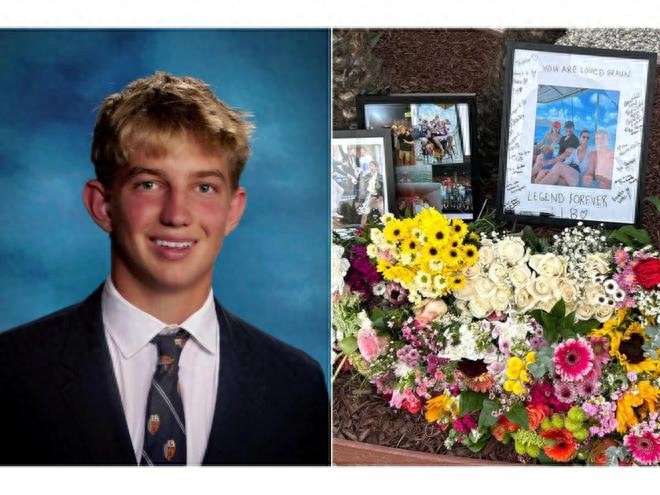
Levy's tragedy is heartbreaking. The teenager from Loyola High School in Los Angeles has not only become the pride of the local tennis world with a record of four consecutive doubles championships, but also infected those around him with his sunny personality. His social media chronicles the quintessential Southern California youth: splashing in a mountain lake with his family; chasing waves at the beach with friends; Even a selfie with actor Adam Sandler. However, fate ended in the most brutal way on the eve of his imminent entry into the University of Virginia. The driver's blood alcohol concentration exceeded the limit, and an avoidable car accident ended the future of this rising star. Levy's experience makes people ask: why are those lives full of life and hope always torn apart by accident in an instant?
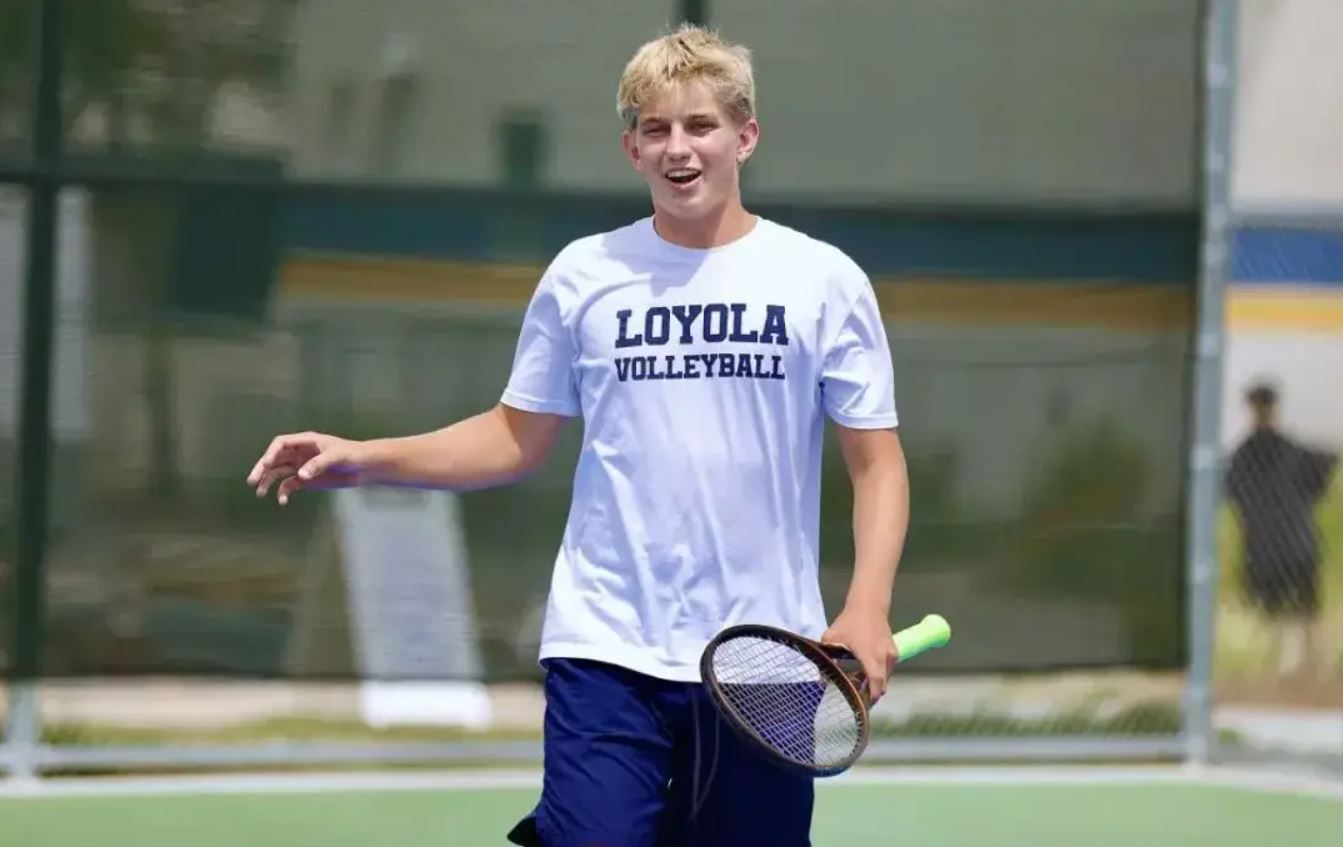
If Levy's tragedy is a sudden accident, then Arthur Ashe's story is a long struggle against fate. As the first black player to win the Wimbledon men's singles title, Ashe's career broke racial barriers: he became the first black champion at the US Open in 1968 and rose to the top of the world in 1975. However, a blood transfusion during a heart operation in 1983 infected him with HIV. In the conservative 80s, he chose to hide his illness for nine years, and it was not until 1992 that the truth was made public. Faced with the public's question of "why did God choose you", he left a world-shattering answer: "When I lifted the Wimbledon trophy, I never asked God why I was the victor; Now I don't ask why I'm the one who got sick. ”
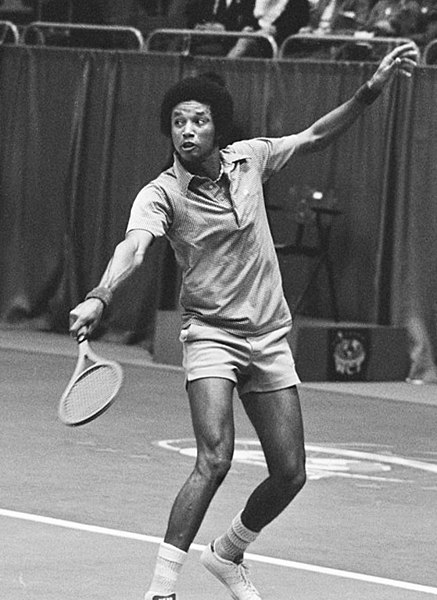
Ashe's death did not end his influence. In his later years, he devoted himself to the AIDS and racial equality movement, and even when he was seriously ill, he continued to fight for apartheid in South Africa. New York's "Arthur Ashe Stadium" was named after him, becoming the highest tribute in tennis to the fighter. His story proves that illness can destroy the body, but it cannot erase the brilliance of the spirit.
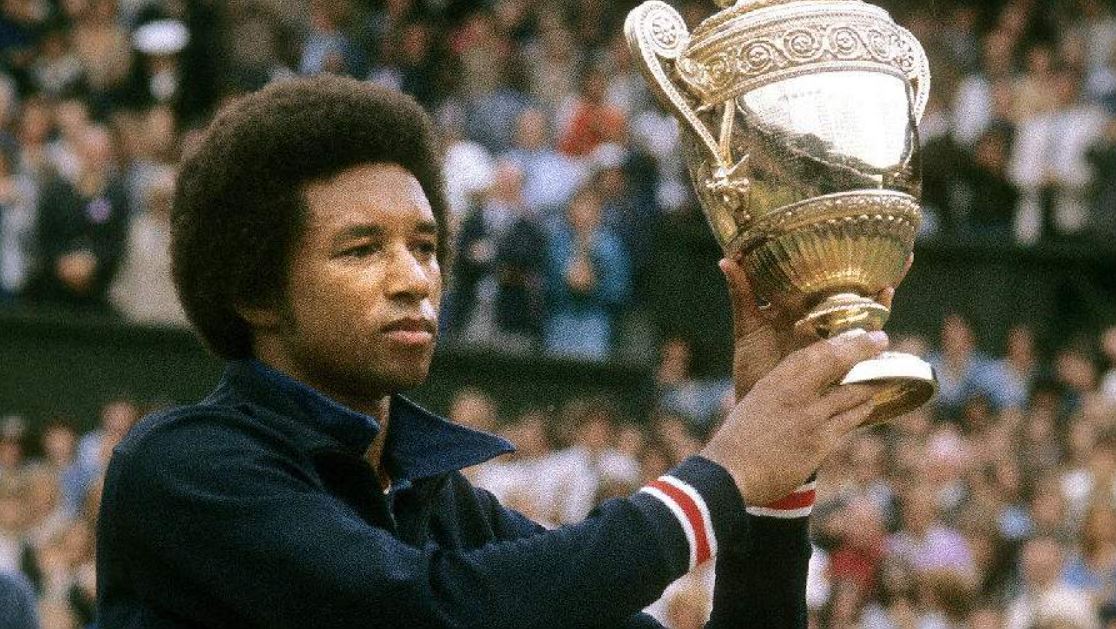
Czech star Jana Novotna's career has been marked by tragedy and tenacity. In 1998, she finally won the women's singles title at Wimbledon after losing three Grand Slam finals. However, behind that glory came unimaginable pressure – in the 1993 Wimbledon final, she collapsed with a 4-1 lead in the deciding set, and the image of her criing on the shoulder of the Duchess of Kent became one of the most moving moments in tennis history. In 2017, at the age of 49, Novotna died of cancer, but the spiritual spark she left behind ignited the dreams of future generations.
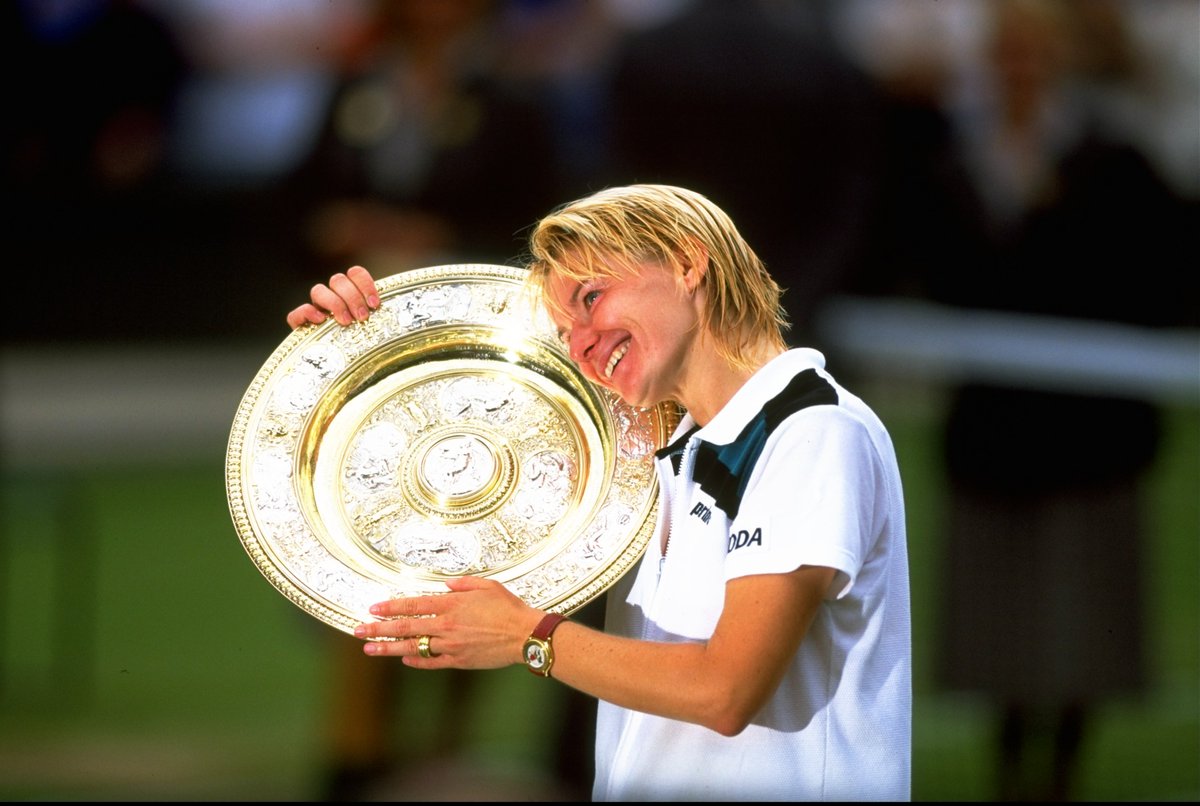
In 2014, Krejcikova, an 18-year-old Czech girl, mustered up the courage to write a letter to Novotna when she was confused about her career choice. This letter sparked a mentorship relationship, and Novona not only mentored her personally, but also predicted that "you will win a Grand Slam". When Krejcikova won the French Open in 2021, she pointed to the sky to comfort her mentor; In the 2024 Wimbledon final, she even won the "Rose Dew Tray" in three sets, fulfilling the long-cherished Wimbledon dream of two generations of master and apprentice. "She planted the seeds of Wimbledon in my heart." Krejcikova's choking allowed Novotna's spirit to travel through life and death and live forever on the pasture.
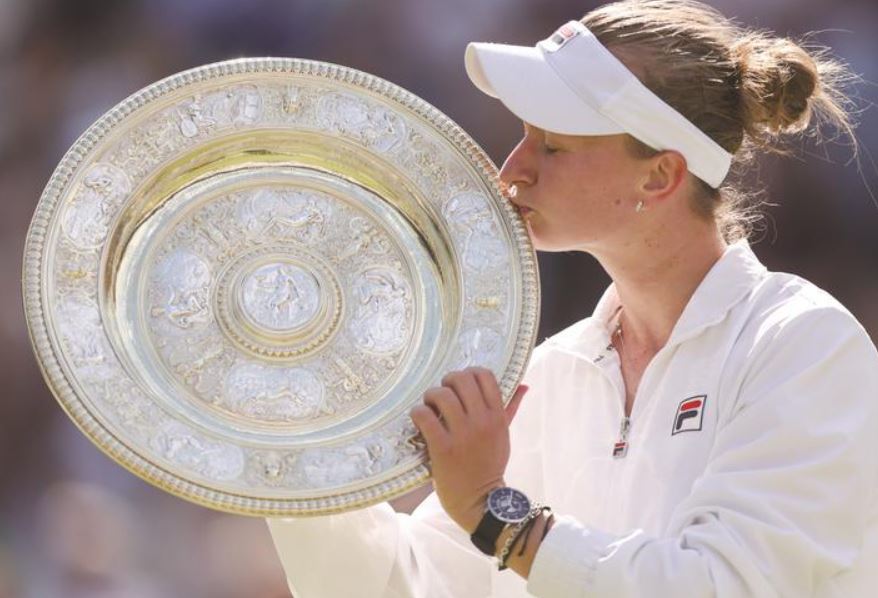
British woman Elena Baltacha's life is a brutal race against time. The former British sister, who twice defeated China's Jinhua Li Na, ranked 49th in her career, died suddenly of liver cancer at the age of 30. Her tragedy was early on: she was diagnosed with primary sclerosing cholangitis at the age of 19 and has been dependent on drugs for many years since then. After retiring in 2013, she had just married her coach and founded a tennis school, but she was diagnosed with liver cancer two months later and died within six months.
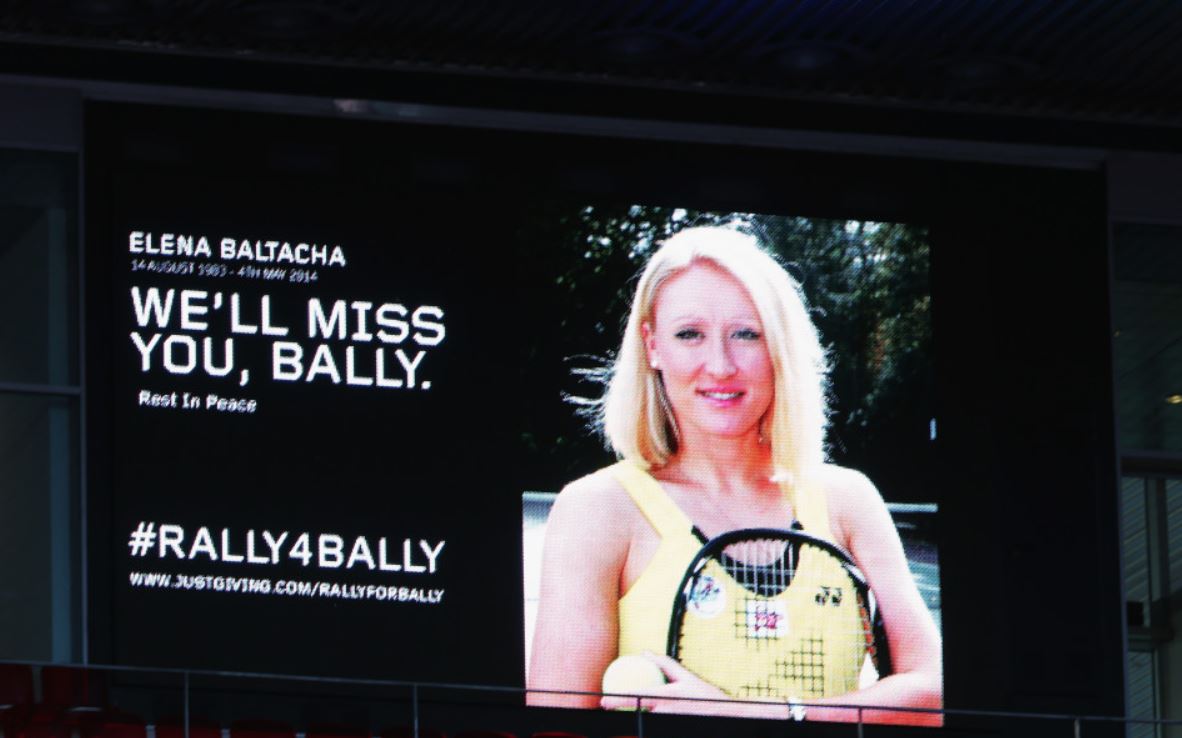
Baltazar's story is full of sighs. She persisted in 16 seasons of illness, beating the world's top 10 players three times, but never made it past the third round of a Grand Slam. When she retired, she had a dream of "training the next generation of champions", but fate ruthlessly deprived her of this vision. Her early death is a reminder that behind the aura of an athlete is a fragile body that is no different from ordinary people.
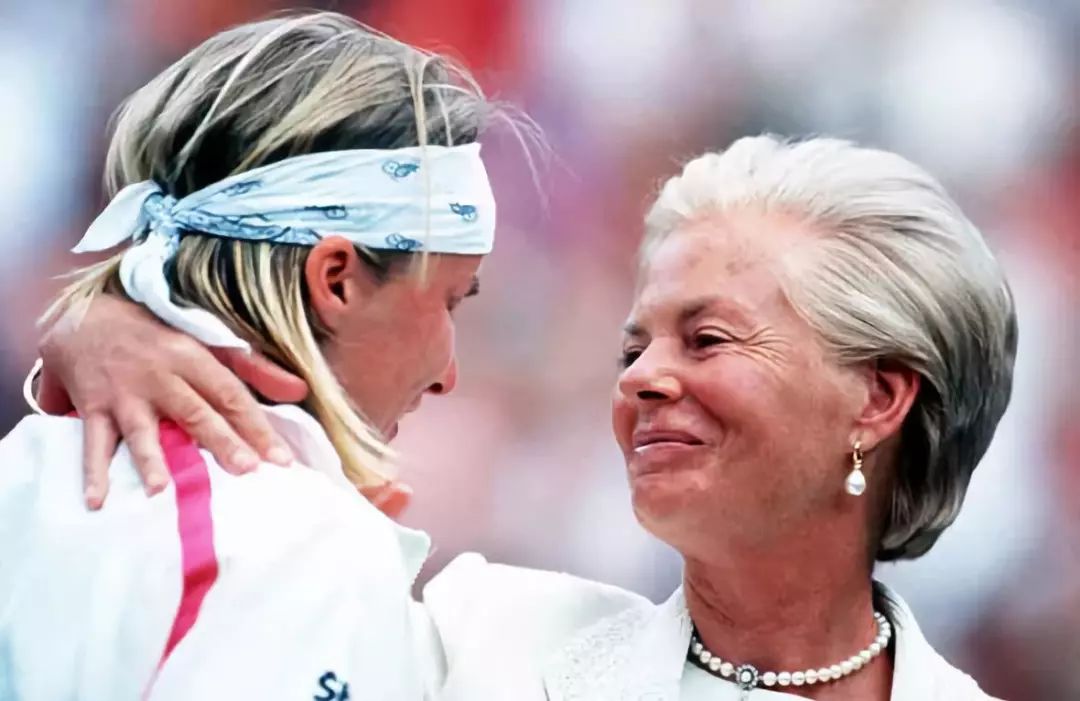
These fallen stars interpret the deeper meaning of tennis in different ways: Levy's accident is a reminder of zero tolerance for drunk driving, and his youth is frozen at the age of 18, becoming a symbol of the community's call for road safety; Ashe sublimates personal suffering into a public issue, redefining "champions" with openness and compassion; Novotna and Baltazar prove that the legacy of sportsmanship goes far beyond trophies and rankings, and that it exists in the transmission of faith between master and apprentice, as well as in the silent persistence against doom.
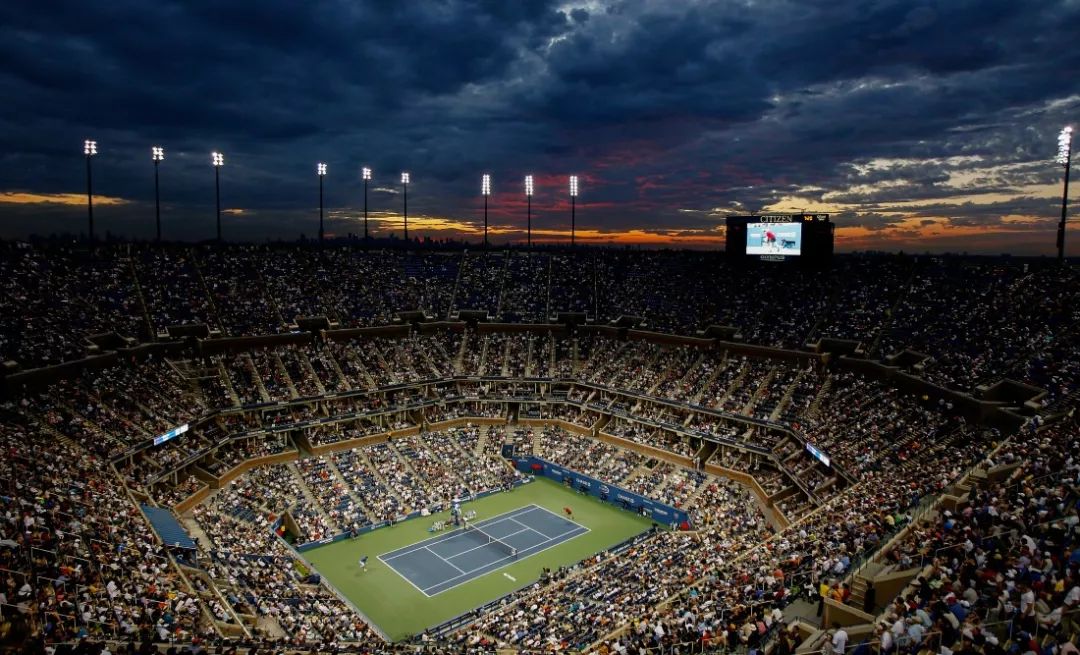
Together, their stories form a symphony of life: an abrupt rest, an eternal melody that lingers. As we cheer on the pitch, perhaps it is better to remember the runners who didn't make it to the finish line – because they taught us love, courage and dignity at the cost of their lives. As Ashe says, "Success is a journey, not a destination." These lost names have long been in the starry sky of the tennis world, lighting an inextinguishable beacon.(Source: Tennis Home Author: Xiaodi)







 Links
Links
 Contact
Contact
 App
App


